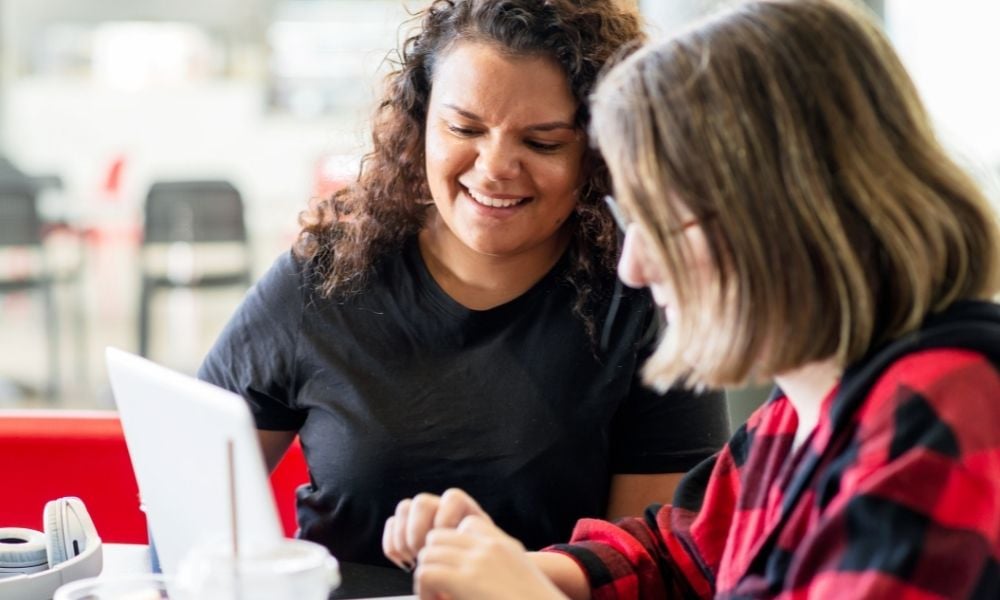
"If something doesn't seriously change to close the gap now, it will take another 200 years"

The following article was provided by LinkedIn and originally featured on Think Insights
Aboriginal and Torres Strait Islander people make up 3.3% of Australia’s population. However, attempts to achieve proportional representation in the workplace are consistently falling short.
As of 2018, only 49% of Indigenous Australians had some form of employment, compared to 76% of non-Indigenous Australians. This is known as the Indigenous Employment Gap, and despite good intentions in the decade to 2018 this gap had only closed by 1.3%.
Australians and their employers want to do better. Recent LinkedIn research found 7 in 10 Australian workers want to learn more about Indigenous culture, however more than half are worried they’d ask the wrong questions.
LinkedIn believes the fear of tough conversations shouldn’t be a barrier to collaboration and ultimately progress. So we asked Sara Stuart, Indigenous Employment Partners Founding Partner to lead a conversation with some of the nation's top HR and talent professionals about understanding the Indigenous Employment Gap, creating a platform to share learnings, insights and thinking on Indigenous employment strategies.
Here we reveal the high level insights shared during the workshop, which included some of Australia's best Indigenous employers, those who are striving to do better, and those who are beginning stages of this important journey.
The 2022 Indigenous Employment Index revealed that across surveyed companies average Indigenous employment was at 2.2%. For workplaces to better reflect the population, the parity target is 3.3%.
For organisations committed to achieving parity, the first step is acknowledging this gap exists because of discrimination. Tackling historical and existing prejudices and racism doesn't happen overnight, but it doesn't happen at all if you don't recognise its ongoing impact on Aboriginal people. Sara recommended organisations consider their own historical impact their sector may have had on people, whether through exclusion or exploitation.
While these conversations can be uncomfortable, organisations don’t need to navigate them alone. As a first principle, conversations about Aboriginal people won’t result in meaningful change without their involvement and input, so establishing connections with the local community is important.
The group shared some first principles for meaningful engagement with the local community.
As the workshop reflected, often turning these conversations into meaningful change within the workplace is where momentum falters. So, beyond the why, how does an organisation make itself a safe place for everybody to work?
Cultural awareness is something all talent wants more of. LinkedIn found 86% of workers surveyed are interested in participating in cultural sensitivity training, with 91% from companies over 1000+ people interested.
There is no one single Aboriginal opinion, preference, or culture. Across Australia there are more than 500 clan groups, each with their own language and rules. Before focusing on how to employ Indigenous and Torres Strait People, consider is your organisation a safe place to welcome them?
The group reflected on some of the key insights into creating culturally safe workplaces.
Recruitment for many organisations remains a key barrier. Often Sara said organisations want to hire Aboriginal people but aren’t aware the language they’re using can be a real barrier to people applying.
There are some key ways to make your job ad more attractive:
Setting targets and incorporating them into workforce planning works. But hiring Aboriginal people is about more than having a percentage of your total employment footprint - be holistic in your approach.
Survey results from the Indigenous Employment Index found a lower retention rate of Indigenous employees compared to non-Indigenous employees. Creating pathways that invest in people will not only support people to grow and develop in your organisation, it will also make you an attractive employer.